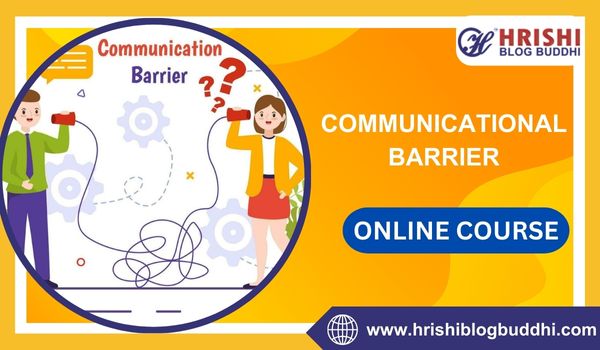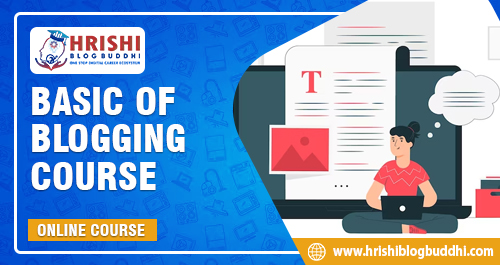Communication is a complex process influenced by various factors, and one critical aspect is perception. Perception barriers refer to the challenges arising from differences in how individuals interpret and make sense of information. In this article, we’ll explore the intricacies of perception barriers and delve into strategies for overcoming them.
II. The Significance of Understanding Perception
A. Communication as a Two-Way Street
Highlighting the interactive nature of communication, where both the sender and receiver play crucial roles in the process.
B. The Role of Perception in Interpretation
Discussing how perception shapes the interpretation of messages, influencing the overall effectiveness of communication.
III. Factors Influencing Perception
A. Personal Experiences
Examining how individual life experiences shape perception, leading to diverse interpretations of the same message.
B. Cultural Backgrounds
Exploring the impact of cultural differences on perception and communication, emphasizing the need for cultural sensitivity.
C. Emotional States
Discussing how emotions can color perception, affecting how individuals receive and respond to messages.
IV. Common Challenges in Perception
A. Misinterpretation of Tone
Addressing the issue of misinterpreting the tone of a message, which can lead to misunderstandings and conflicts.
B. Assumptions and Stereotypes
Exploring how preconceived assumptions and stereotypes can create barriers to accurate perception and understanding.
C. Filtering of Information
Discussing the tendency to filter information based on personal biases, leading to incomplete or distorted perceptions.
V. Overcoming Perception Barriers
A. Developing Empathy
Emphasizing the importance of putting oneself in others’ shoes to understand their perspectives and reduce perceptual gaps.
B. Active Listening Techniques
Introducing practical techniques for active listening, such as paraphrasing and summarizing, to ensure a clear understanding of messages.
C. Clarifying Misunderstandings
Highlighting the significance of addressing misunderstandings promptly through open and honest communication.
D. Building Trust
Discussing how trust is a key element in overcoming perception barriers, as it creates an environment where individuals feel comfortable expressing themselves.
E. Cultural Sensitivity
Providing insights into the value of cultural sensitivity in communication and strategies for fostering cross-cultural understanding.






